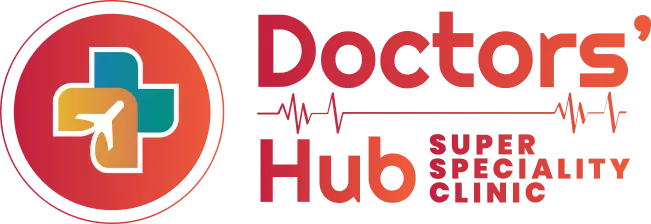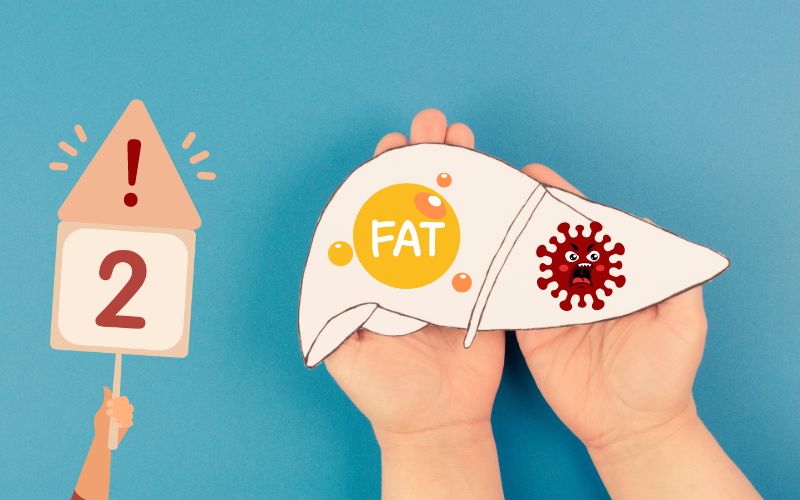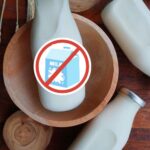Fatty liver disease is a common condition affecting millions of people worldwide, including a notable portion of the Indian population. A study conducted by AIIMS found that 38% of Indians who are non-alcoholic have a fatty liver.
Different grades of fatty liver determine the severity of the condition. In this article, we will explore the implications of fatty liver grade 2 and explain why consulting with the best gastroenterologist in Dwarka, Delhi is necessary for fatty Liver treatment.
What is Fatty Liver Grade 2?
Fatty liver disease occurs when fat accumulates in the liver, leading to inflammation and damage. There are two main types of fatty liver disease:
- Non-alcoholic fatty liver disease (NAFLD): This type is associated with obesity, diabetes, and metabolic syndrome.
- Alcoholic fatty liver disease (AFLD): This type results from excessive alcohol intake over an extended period.
Grades of Fatty Liver Disease
Fatty liver disease is classified into three grades based on the amount of fat accumulation in the liver:
- Grade 1 (Mild): Fat accumulates in less than 33% of the liver.
- Grade 2 (Moderate): Fat accumulates in 33-66% of the liver. Fatty Liver Grade 2 means a moderate amount of fat has built up in the liver. It might get associated with liver cell inflammation and early signs of fibrosis (scarring), which can be reversed.
- Grade 3 (Severe): Fat accumulates in over 66% of the liver.
Is Grade 2 Fatty Liver Dangerous?
Fatty liver grade 2 disease presents a health concern due to its risks and complications. Here is why:
- Increased Risk of Severe Complications: Without treatment, Grade 2 fatty liver progress to severe conditions such as cirrhosis, liver failure, and even liver cancer, which are life-threatening.
- Impact on Liver Function: Moderate fat accumulation (34-66%) impairs liver function, leading to fatigue, jaundice, and abdominal discomfort. Over time, this may result in chronic liver damage.
- Connection to Other Health Conditions: Individuals with Grade 2 fatty liver face heightened risks for other serious health issues, including:
- Type 2 Diabetes: Insulin resistance is expected, increasing the risk of developing diabetes.
- Obesity: A fatty liver is often linked to obesity, which can create a cycle of worsening health.
- Cardiovascular Disease: Fatty liver correlates strongly with hypertension and high cholesterol, further complicating overall health.
Symptoms of Fatty Liver Grade 2
Most patients with Grade 2 fatty liver do not experience major symptoms, making it difficult to identity early. These include:
- Fatigue or weakness (थकान)
- Discomfort or dull pain in the upper right abdomen (दाहिनी तरफ पेट में दर्द)
- Mild digestive issues or bloating
Because it is largely asymptomatic, people usually discover it through an ultrasound done for unrelated reason.
Fatty Liver Grade 2 Treatment in Dwarka, Delhi
Moderate fat accumulation (34-66%) in the liver poses serious health risks. Without treatment, these are the risks that may arise:
Potential Risks and Complications
- Progression to serious stages: Grade 2 fatty liver can develop into non-alcoholic steatohepatitis (NASH) and cirrhosis if not appropriately managed.
- Increased Risk of Liver Failure and Liver Cancer: Untreated fatty liver disease may lead to life-threatening complications like liver failure and liver cancer.
- Impact on Overall Liver Function: As fat accumulation increases, the liver’s ability to function correctly diminishes, leading to inflammation and potential liver damage.
Connection to Other Health Conditions
- Obesity and Type 2 Diabetes: Individuals with Grade 2 fatty liver experience insulin resistance, which worsens metabolic issues and increases the likelihood of developing diabetes.
- Cardiovascular Disease: A fatty liver contributes to elevated cholesterol levels and hypertension, increasing cardiovascular risks.
It is mostly tested and diagnosed with Liver function tests (LFT), ALT, AST, GGT and FibroScan, to assess liver stiffness
How to approach the Treatment of grade 2 fatty liver?
- Change your lifestyle: Maintaining a healthy weight through a balanced diet and regular exercise reduce fat accumulation in the liver.
- Medicines and Supplements: Sometimes, doctors prescribe medicines or supplements such as vitamin E to manage fatty liver disease.
- Regular Medical Check-ups: Patients should regularly monitor their liver function and work closely with their gastrology doctor to detect any potential progression and make necessary changes to the fatty liver grade 2 treatment plan.
Fatty Liver Grade 2 Diet
Find below the list of foods suggested by a top dietician that are beneficial for with Grade 2 Fatty Liver, detoxification, reducing fat accumulation:
- Fruits (Low-Sugar)
- Apples and Berries are high in fiber and antioxidants.
- Papaya aids digestion and helps detoxify the liver.
- Guava is rich in vitamin C and antioxidants.
2. Vegetables (Non-Starchy, Leafy Greens)
- Spinach and Kale are packed with antioxidants and fiber, for liver detox.
- Broccoli and Cauliflower, Cruciferous vegetables improve liver enzyme levels.
- Carrots are high in beta-carotene and fiber, good for liver function.
- Beetroot reduces liver inflammation.
- Bitter Gourd (Karela, Bottle Gourd (Lauki)areLight and easy to digest, help reduce liver fat.
3. Whole Grains
- Brown Rice reduce fat buildup in the liver.
- Quinoa: A protein-rich grain with high fiber content.
- Oats: Contain beta-glucan, which improves liver function and helps with fat reduction.
- Barley (Jau): High in fiber and helps with cholesterol and fat levels.
4. Legumes and Pulses
- Lentils (Moong Dal, Masoor Dal) and chickpeas (Chana) are low-fat protein source.
- Kidney Beans (Rajma): Rich in fiber and low in fat.
5. Healthy Fats
- Flaxseeds are rich in omega-3 fatty acids and helps reduce liver fat.
- Chia Seeds packed with fiber and omega-3, help digestion and reduces inflammation.
- Walnuts arerich in healthy fats and antioxidants that support liver health.
- Olive Oil is a healthy fat that can help reduce liver enzyme levels.
6. Low-Fat Dairy
- Low-Fat Yogurt contains probiotics that help gut health.
- Paneer (Cottage Cheese, Low-Fat) is good source of protein.
- Buttermilk (Chaas) probiotic-rich and good for digestion.
7. Herbs and Spices
- Turmeric (Haldi) contains curcumin, reduces inflammation and detoxifies the liver.
- Ginger has anti-inflammatory and antioxidant properties.
- Garlic helps reduce liver fat and boosts liver enzyme function.
- Coriander (Dhaniya)
8. Nuts and Seeds:
Almonds and Pumpkin Seeds
9. Drinks:
- Green Tea: Rich in catechins to improve liver function.
- Amla (Indian Gooseberry) Juice and Herbal Teas
- Lemon Water: Helps flush toxins out.
10. Probiotic-Rich Foods:
Fermented Foods (Low Salt): Idli or dosa made with fermented batter for gut health
Finding the Best Gastroenterologist Near You
To find the best gastroenterologist near me, consider these factors:
- Experience: Look for a gastro doctor with a proven track record in treating fatty liver disease.
- Patient Reviews: Check online ratings and testimonials to assess the quality of care.
- Specialties: Ensure the doctor has expertise in hepatology and related procedures.
For those searching for the best gastroenterologist in dwarka, Doctors Hub offers an excellent resource, connecting patients with top specialists who can provide personalised care.
Globally, NAFLD impacts an estimated 25% of the population, with the prevalence rising due to increasing rates of obesity and diabetes. In India, around 40% of the general population is affected, with the number even higher among individuals with metabolic conditions like diabetes, cholesterol, where the prevalence can exceed 50%. Consulting the gastroenterologist ensures personalised care and ongoing monitoring for liver treatment.
Yes, with strict diet and exercise, it can be reversed within 6–12 months of its treatment.
No. Non-alcoholic fatty liver disease (NAFLD) is common and linked to obesity, diabetes, and poor diet—even in non-drinkers.













